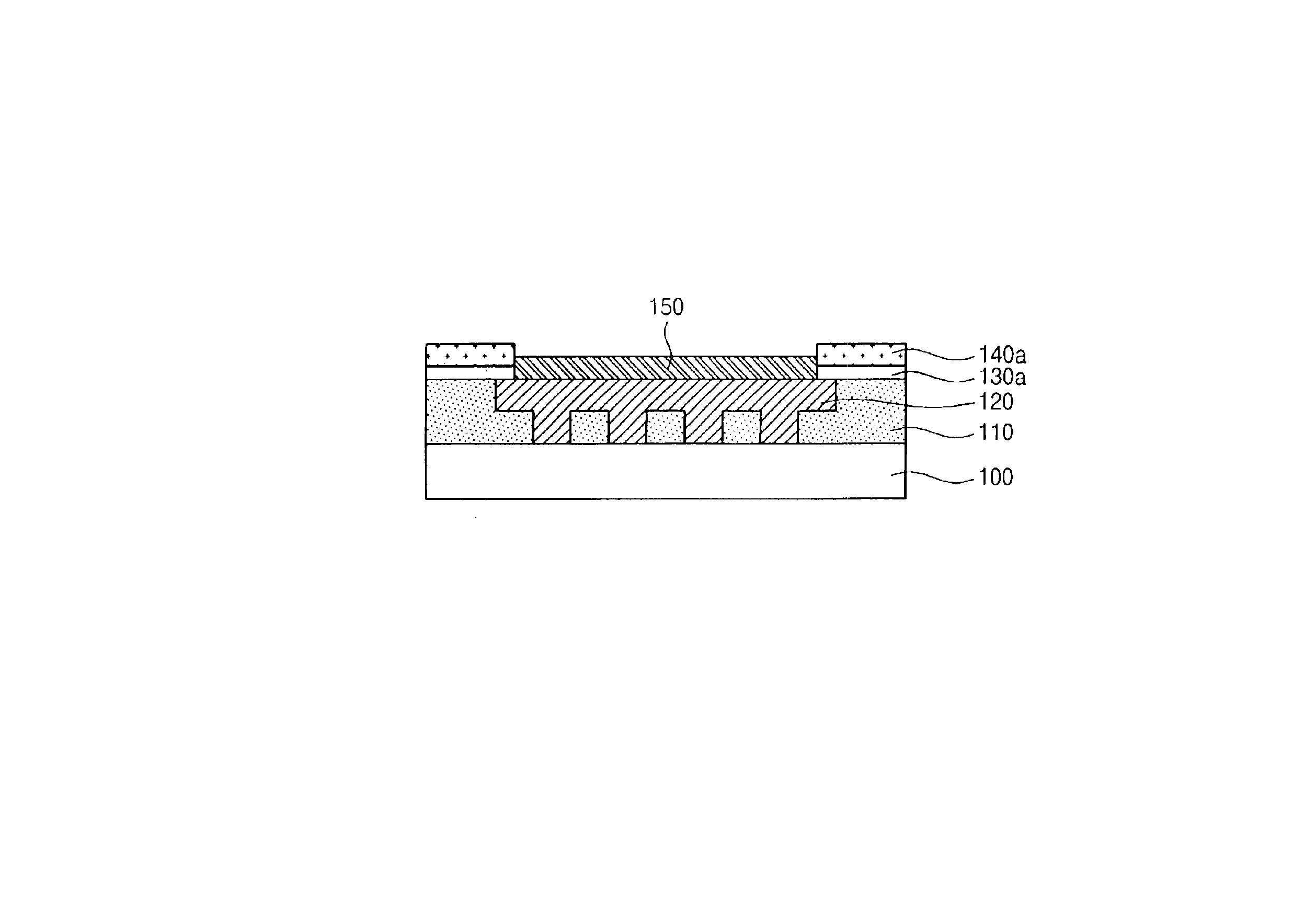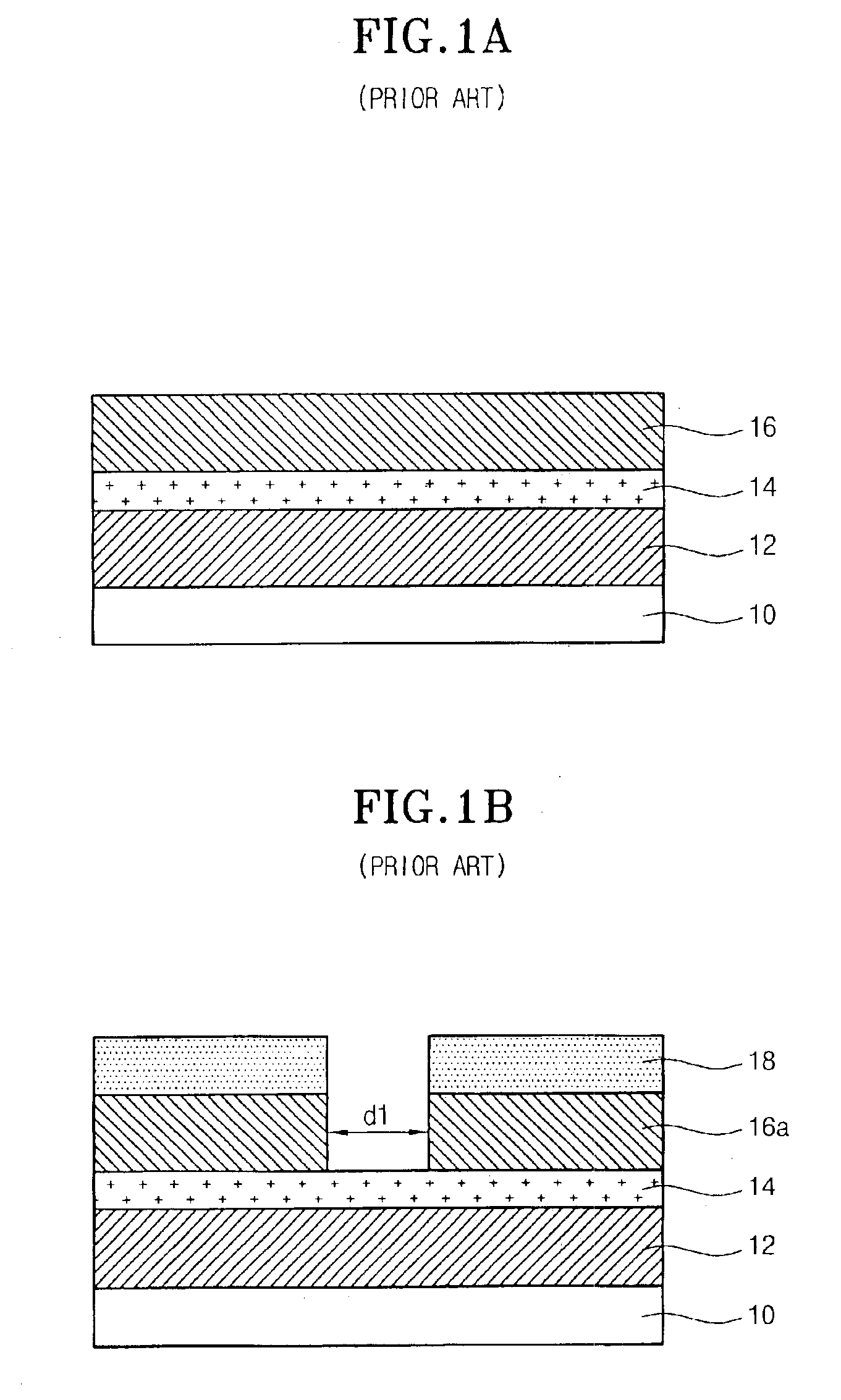Method of forming copper wire on semiconductor device
a technology of semiconductor devices and wires, applied in the direction of semiconductor devices, electrical equipment, basic electric elements, etc., can solve the problems of poor etching properties of copper, the method of forming a copper wire on a semiconductor device according to the wire-making process using copper and materials with low dielectric constants, and the inability to meet the requirements of the device, so as to prevent the natural oxidation of copper
- Summary
- Abstract
- Description
- Claims
- Application Information
AI Technical Summary
Benefits of technology
Problems solved by technology
Method used
Image
Examples
Embodiment Construction
Hereinafter, a preferred embodiment of the present invention will be described with reference to the accompanying drawings. In the following description and drawings, the same reference numerals are used to designate the same or similar components, and so repetition of the description on the same or similar components will be omitted.
FIGS. 2a through 2e are sectional diagrams showing each process constituting a method of forming a copper wire on a semiconductor device according to the present invention.
First, as shown in FIG. 2a, an insulation film pattern 100 including vias A and trenches B (i.e., a double Damascene pattern) is formed on a semiconductor substrate 100. In some cases, an additional copper wire may be formed between the semiconductor substrate 110 and the insulation film pattern 110. However, it is assumed that such an additional copper wire is not formed in the embodiment of the present invention.
More specifically, the insulation film pattern 110 is formed as follows...
PUM
| Property | Measurement | Unit |
|---|---|---|
| temperature | aaaaa | aaaaa |
| temperature | aaaaa | aaaaa |
| thickness | aaaaa | aaaaa |
Abstract
Description
Claims
Application Information
 Login to View More
Login to View More - R&D
- Intellectual Property
- Life Sciences
- Materials
- Tech Scout
- Unparalleled Data Quality
- Higher Quality Content
- 60% Fewer Hallucinations
Browse by: Latest US Patents, China's latest patents, Technical Efficacy Thesaurus, Application Domain, Technology Topic, Popular Technical Reports.
© 2025 PatSnap. All rights reserved.Legal|Privacy policy|Modern Slavery Act Transparency Statement|Sitemap|About US| Contact US: help@patsnap.com



